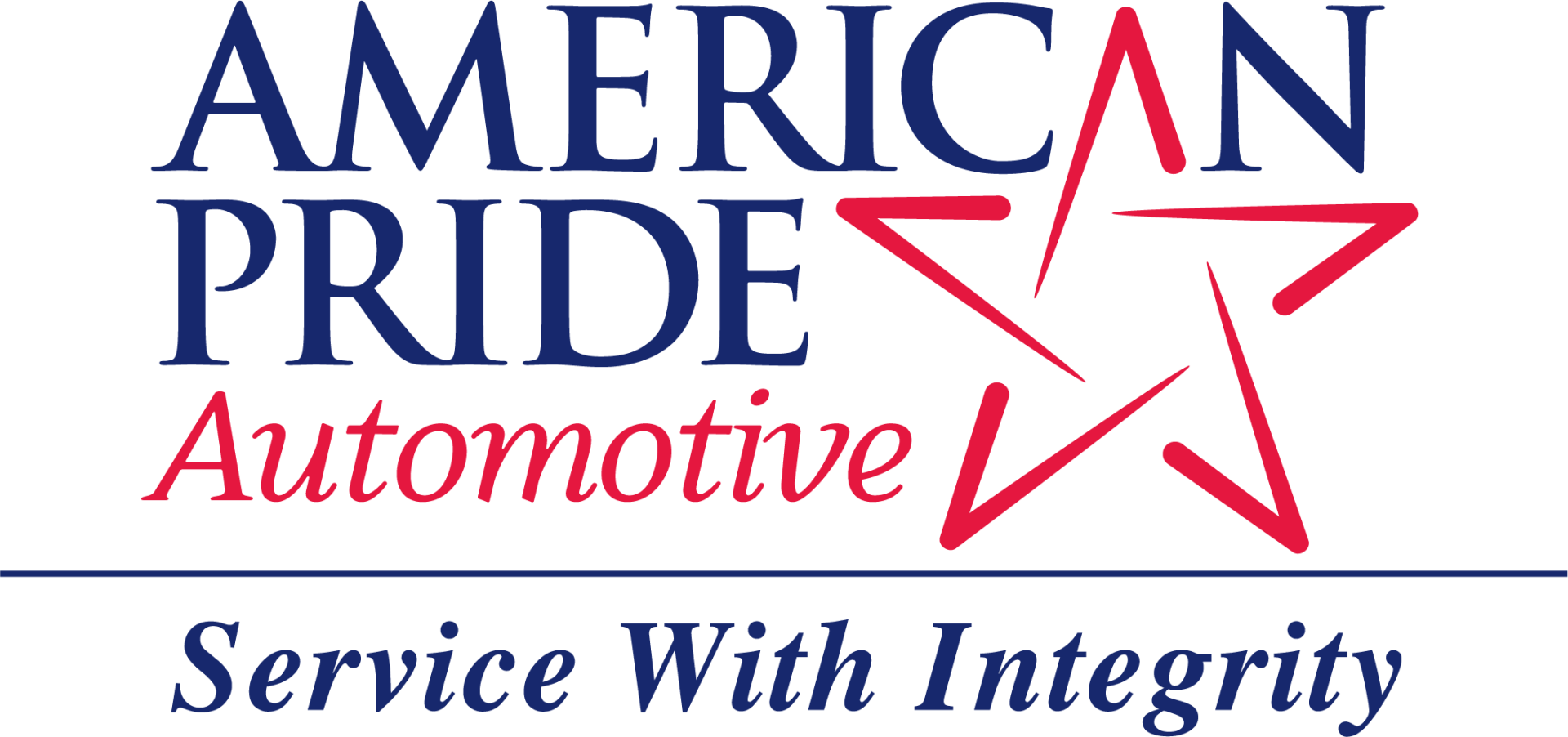CLEAR WINDSHIELDS MAKE FOR HAPPY DRIVERS
American Pride Automotive • April 15, 2013
We were going to talk about car battery life and maintenance this week, but since warm Spring weather has finally arrived in Hampton Roads, there seems to be a more pressing and timely topic to consider:
Pollen. It’s causing the resurgence of allergies and the regrowth of flowers (yin and yang, right?), and it is also most likely all over your vehicle. Turning blue cars green, red cars orange, and white cars a lovely yellow, pollen endlessly frustrates those who are meticulous about keeping their vehicle’s exterior clean and shiny.
Pollen on your windshield can even cause a visibility hazard, especially if your windshield cleaning mechanisms are in need of maintenance. Low wiper fluid and worn wiper blades will make it nearly impossible to push the pollen completely out of your field of vision.
Pollen aside, the season’s increase in frequency of showers and thunderstorms (check out our “Blame it on the Rain”series for tips on safe driving and smart vehicle maintenance in bad weather) makes Spring the perfect time to check your wiper fluid and replace wiper blades!
If you need another reason to give your windshield components a check up, remember that worn blades can cause you to fail your state inspection. Call American Pride if you would like our experts to make sure your wiper system is in working order and repair/replace any faulty components.
If you prefer to make upgrades and minor repairs yourself, follow these steps for replacing worn wiper blades and refilling wiper fluid. We promise that DIY wiper maintenance is a lot easier than DIY engine coolant replacement!
REPLACING YOUR WIPER BLADES
Let’s start with the more challenging of the two tasks, replacing wiper blades. Your blades need replacement when the wipers no longer completely clear the windshield in rainy weather and leave streaks of water where they didn’t previously. If you’re still unsure, take a look at the rubber part of the blade. If it’s cracked, dry and without a “rubbery” texture, it’s time to change the blades. A good rule of thumb is to replace your blades every six months, or twice a year. We’ve included a video below in lieu of a step by step written description.
Consult your owners manual for your vehicle’s wiper blade measurements in order to buy replacements of the correct size. Note that the two blades on your car may not be the same size. One is usually longer than the other.
A safety note before you begin: When handling wiper blades, remember that they are spring loaded. Take care when pulling them out away from the windshield because they can snap back and crack the glass. It’s smart to put a folded towel on the windshield under the blade, just in case.
This process is easier to follow with visuals than with words. Watch this short video from expertvillage for a quick rundown of how to change your wiper blades. It also includes some tips on preserving the life of the blades.
REFILLING YOUR WIPER FLUID
When it’s time to refill your windshield wiper fluid, a warning light will probably pop up on your dashboard. Another clue will be when fluid no longer sprays on command.
Buy manufactured wiper fluid and be sure to follow all instructions for use on the bottle.
With a cool engine, lift your vehicle’s hood and look for an opaque tank with a cap. The cap will likely have either a windshield icon or some variation on the phrase, “Washer Fluid Only.”
Remove the cap, refill the fluid almost to the top of the tank, replace the cap securely, close the hood and….you’re done! Great job.
Give American Pride a call, contact us via our contact form, or stop in to see us for any and all of your car repair needs. Now get out and enjoy the weather!

You’re driving home at night and it is raining cats and dogs. You can’t see but 20 feet in front of your car, but you’ve slowed down and are being extra cautious, so what could go wrong? Then you feel it. A sinking Cl-clunk. Maybe that “puddle” you saw ahead of you was deeper than just a puddle. Before you know it, your car is stalling in the high water in the middle of the road. Now what? First off, don’t panic. Turn on your hazards and crank the ignition once. If the car starts, make it dry land and pull over to assess the damage. If it does not start the first time, do not try to start it again. Doing so can result in a hydro locked engine and will likely necessitate the rebuilding or replacement of the engine. Unfortunately, if you find yourself stalling in water at all, your vehicle will probably need costly repairs. The best way to avoid water damage is to practice safe and smart driving in wet weather, which brings us to Part 2 of the Everything Auto “Blame it on the Rain” series (Find Part 1 here). Take heed of these severe weather driving tips: 1. TAKE NO CHANCES ON PUDDLES Even if the standing water ahead of you looks shallow enough to drive through, think twice. If the water is “rushing” or if other drivers are making a point to avoid it, don’t assume that your vehicle is the exception. Additionally, you never know the hazards that lay at the bottom of a puddle. Hidden potholes or debris can pierce your tires and jostle your alignment and suspension system. 2. IF YOU MUST TAKE A CHANCE, TAKE IT SLOW AND STEADY When you deem it necessary and safe to drive through water of questionable depth, go slowly. Speeding through a puddle, even a shallow one, can splash water into your vehicle’s intake and critically harm the engine. Like we mentioned last week, after driving through standing water, lightly tap your brakes to make sure they aren’t saturated and to dry them off. 3. KEEP A ROADSIDE EMERGENCY KIT HANDY Sometimes, no matter how careful you are on the road, accidents and vehicle malfunctions happen, especially in wet severe weather. That’s why it is extremely important to keep emergency supplies ready in the trunk for the worst case scenario. You can buy a preassembled one, but it is cheaper (and more rewarding) to assemble your own. What should you include? Edmunds.com provides an excellent comprehensive list of items, a few of which include: 12-foot jumper cables Four 15 minute road flares Two quarts of oil A gallon of antifreeze A first-aid kit. Find the rest of the list here We hope that this series has given you helpful safety insights and tips for driving in the rain! Remember that American Pride Automotive is always here to help and ready to answer any and all of your auto repair and maintenance questions! Call or contact us today.
